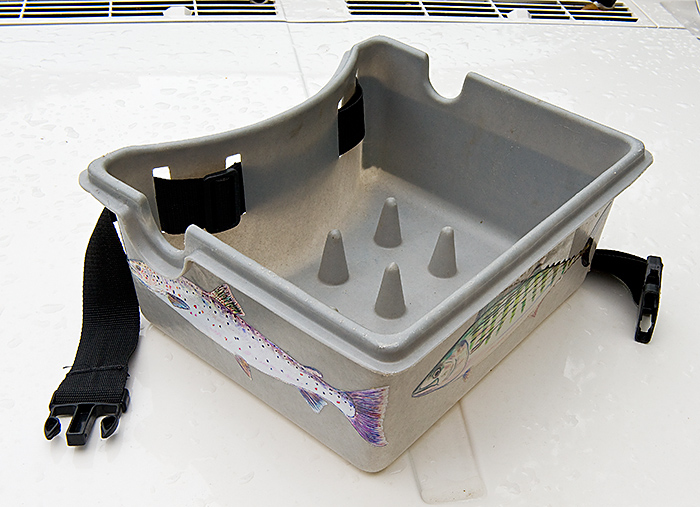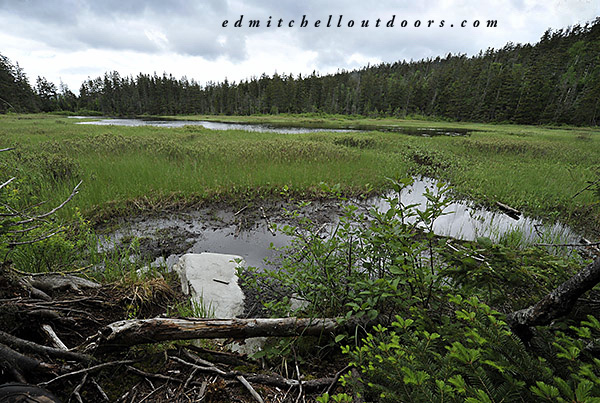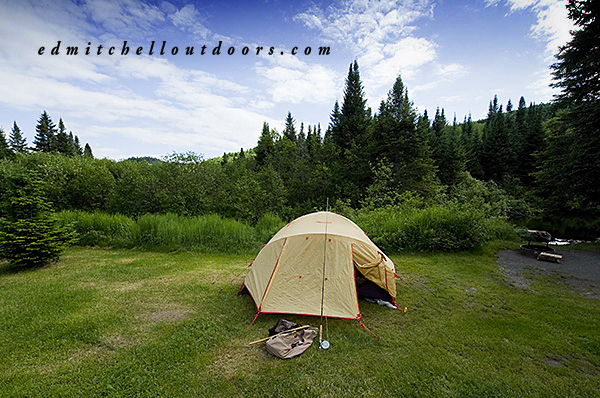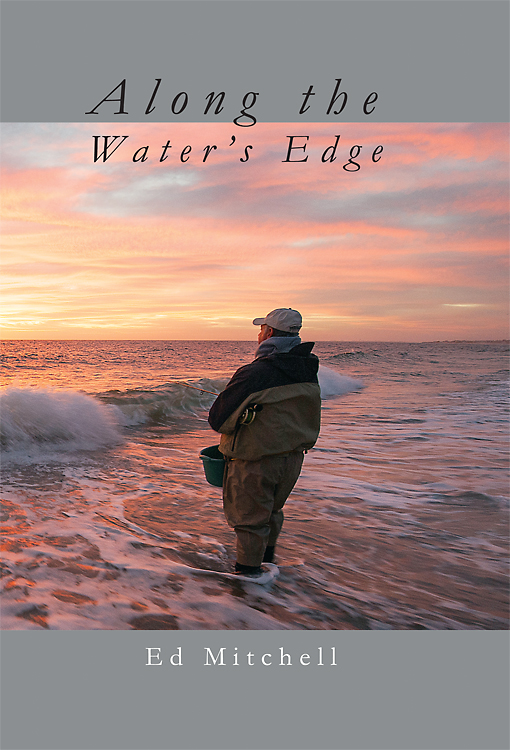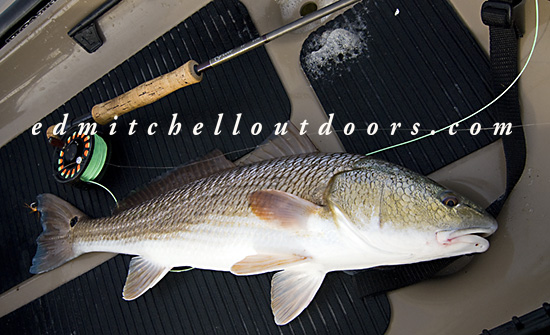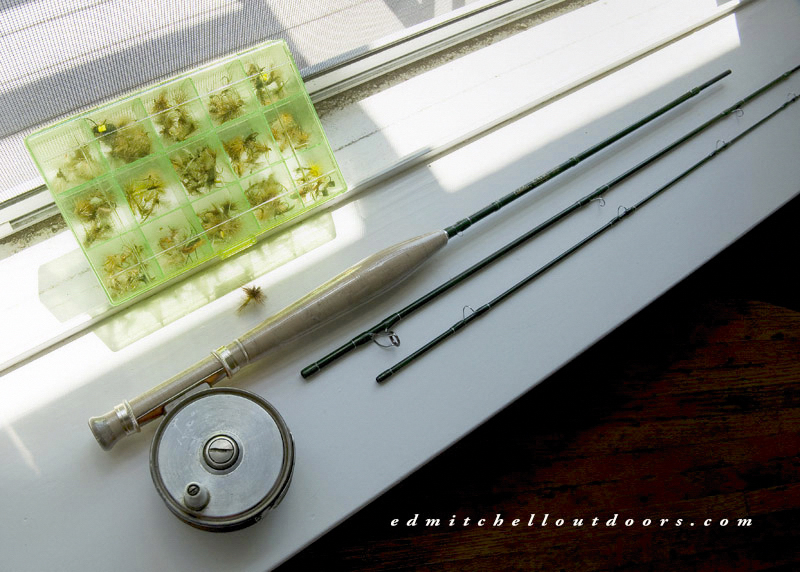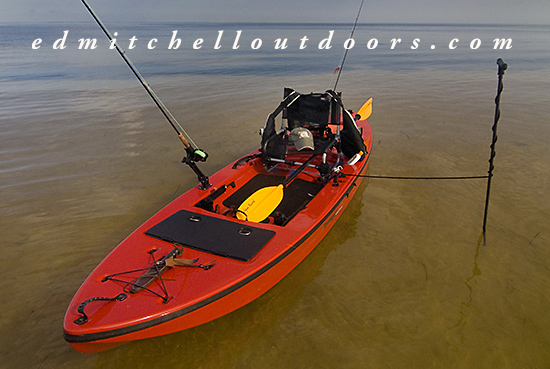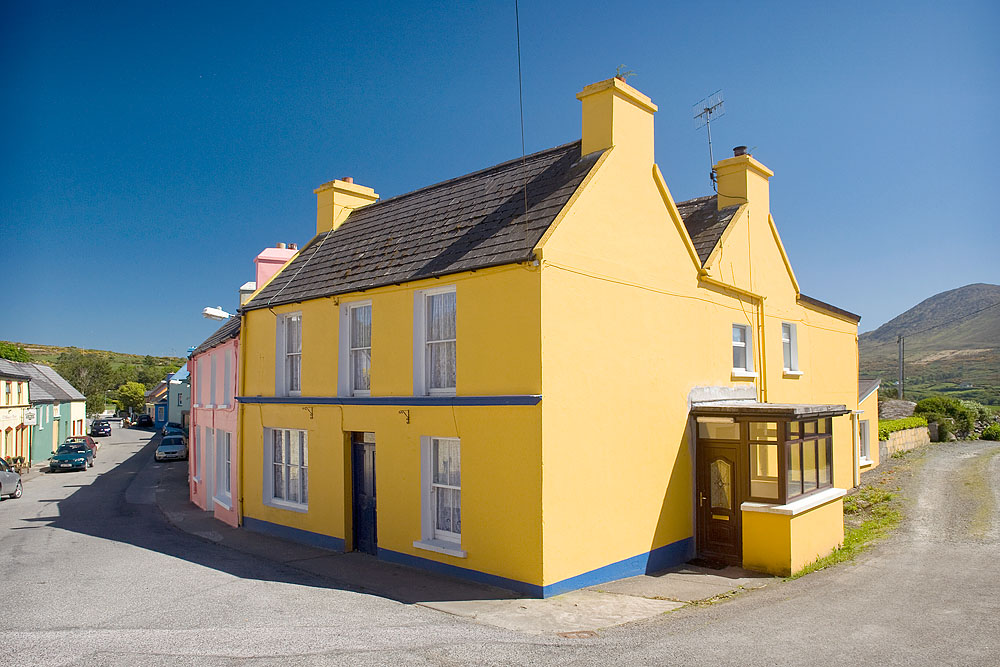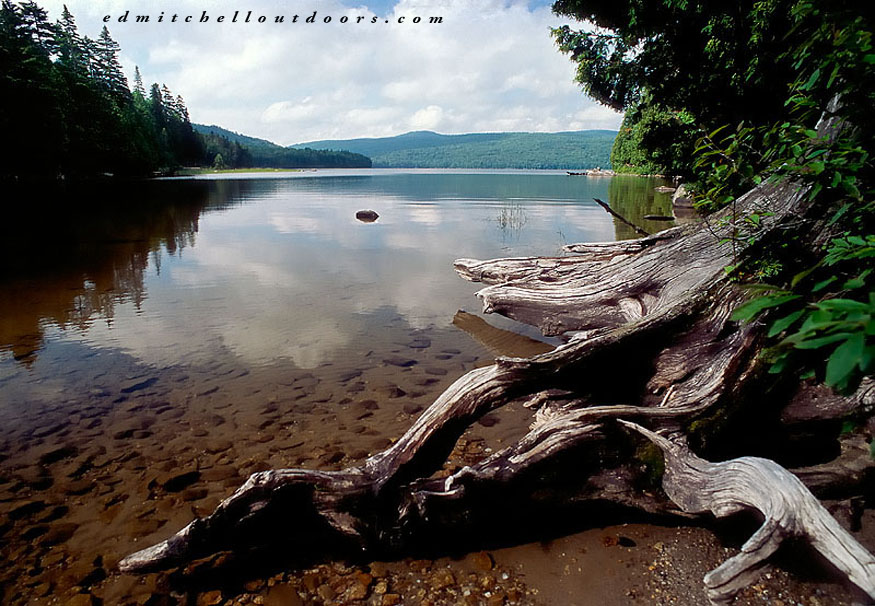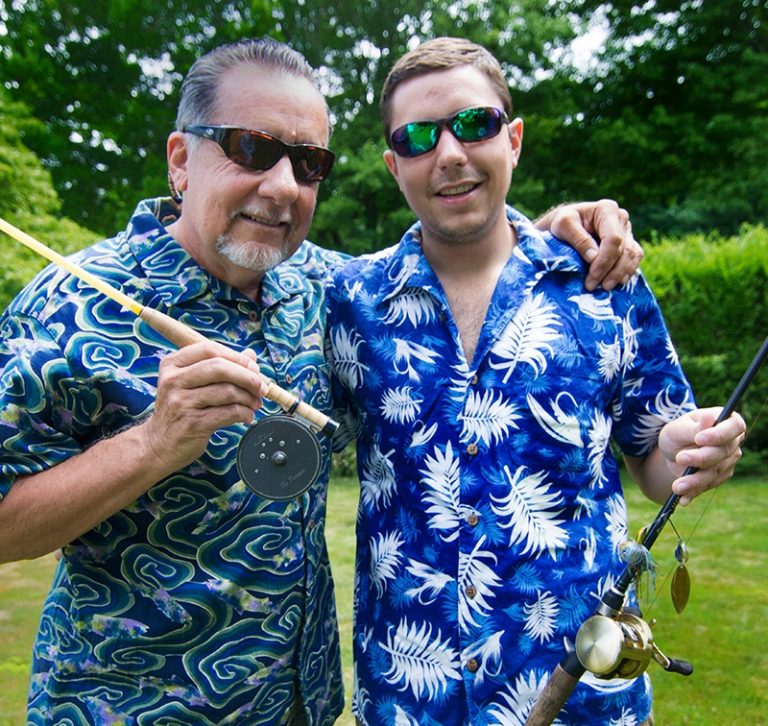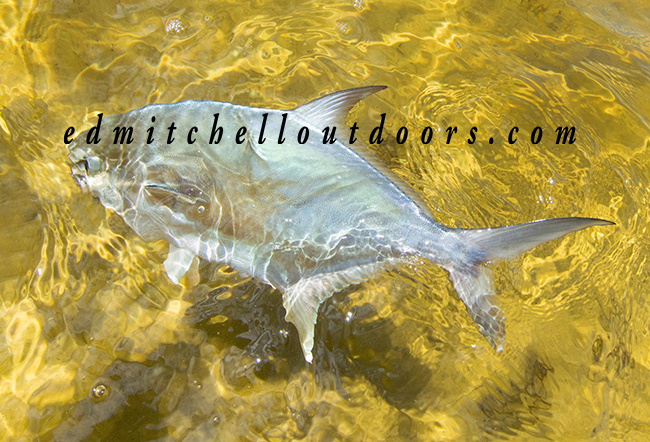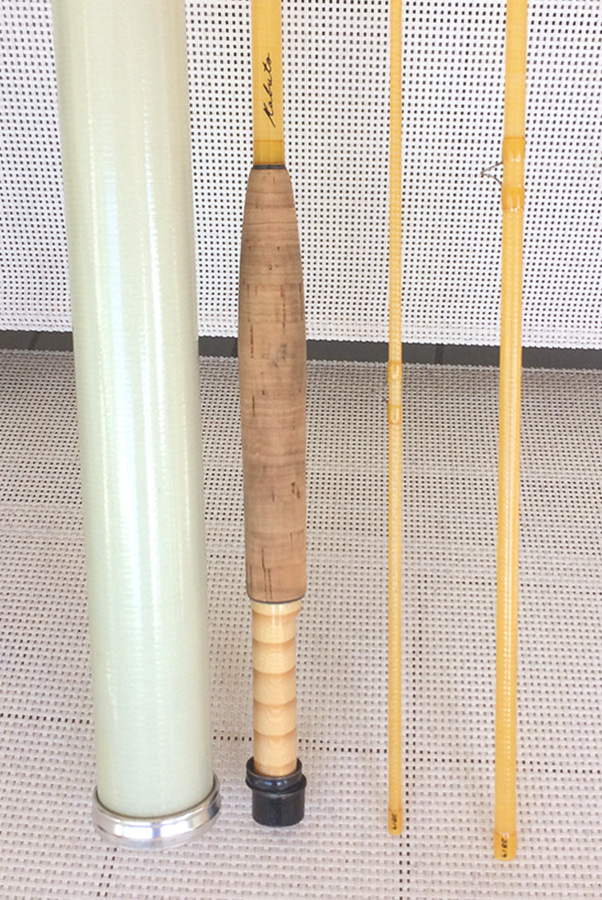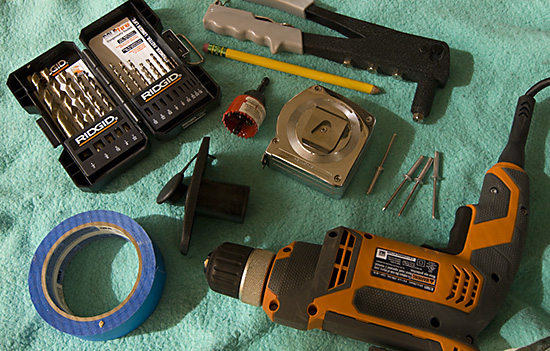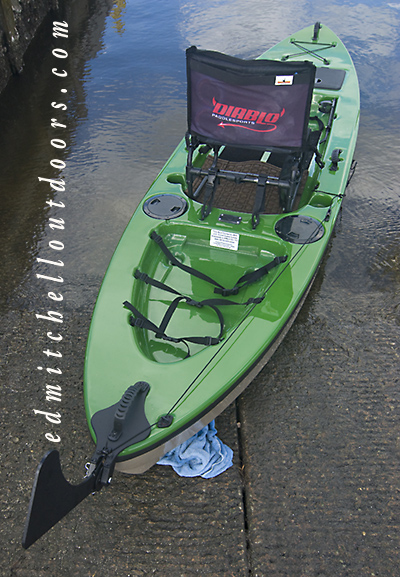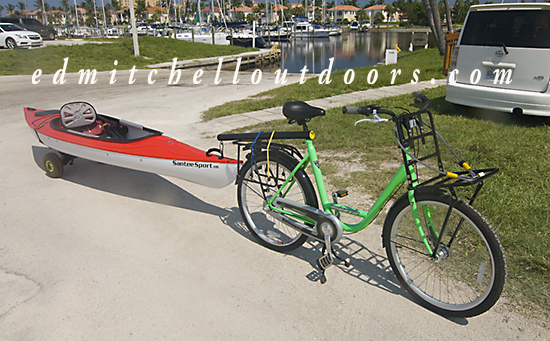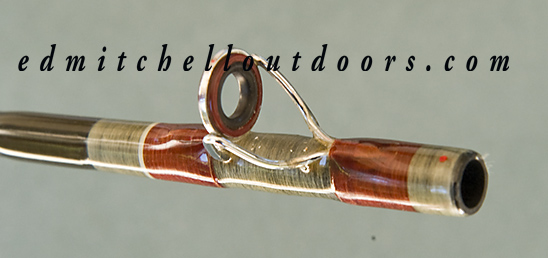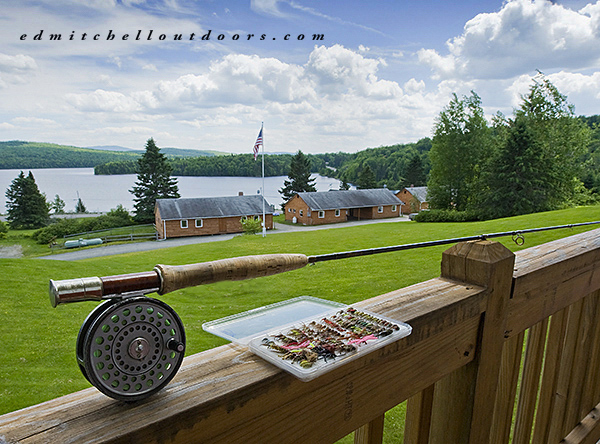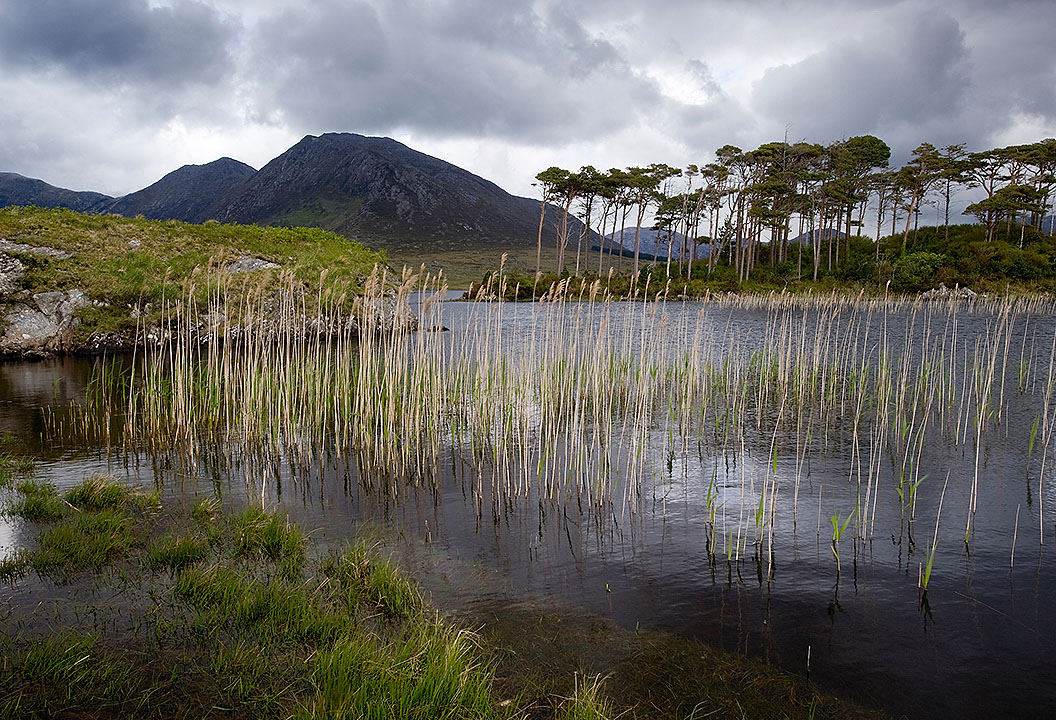This underwater picture comes to you from Menemsha Inlet on Martha’s Vineyard. The forage fish are juvenile sea herring. They are swimming less than a foot under the surface. The water is quite clear, and the month is June.
As this image shows, when making a forage fish imitation, size and shape are the two most critical characteristics. Note too, that as these silvery forage fish feed on plankton in the current, they reflect light. Bingo, flash is an important deal too. In fact, in some cases, flash may be what a predator sees first. Discover anything else in the picture? The herring’s eye is visible as a contrasting black dot. So eyes on your flies count.
Ok, any surprises? Yeah, color is missing. Underwater, things live in a blue-green world. Hence, colors, especially red, are muted at best. The only exception being in shin deep, clear water on a flat. So holding a forage fish in your hand, in broad daylight, does not give you an accurate idea of how that same fish appears underwater.
The upshot is: Don’t worry about making forage imitations with subtle color transitions. Yes, it may make you all happy at the vise; but the fish don’t give a hoot. Any colors offer an advantage? Yes, white or black can supply your imitation with a strong silhouette. And chartreuse is a powerful ally. It transmits boldly in a blue-green world, offering game fish a prime target.
Lastly. Check out the countershading bizz. By nature, forage fish are dark on back and light on the belly. But near the surface, that relationship is visually reversed. Food for thought next time you’re at the vise.


